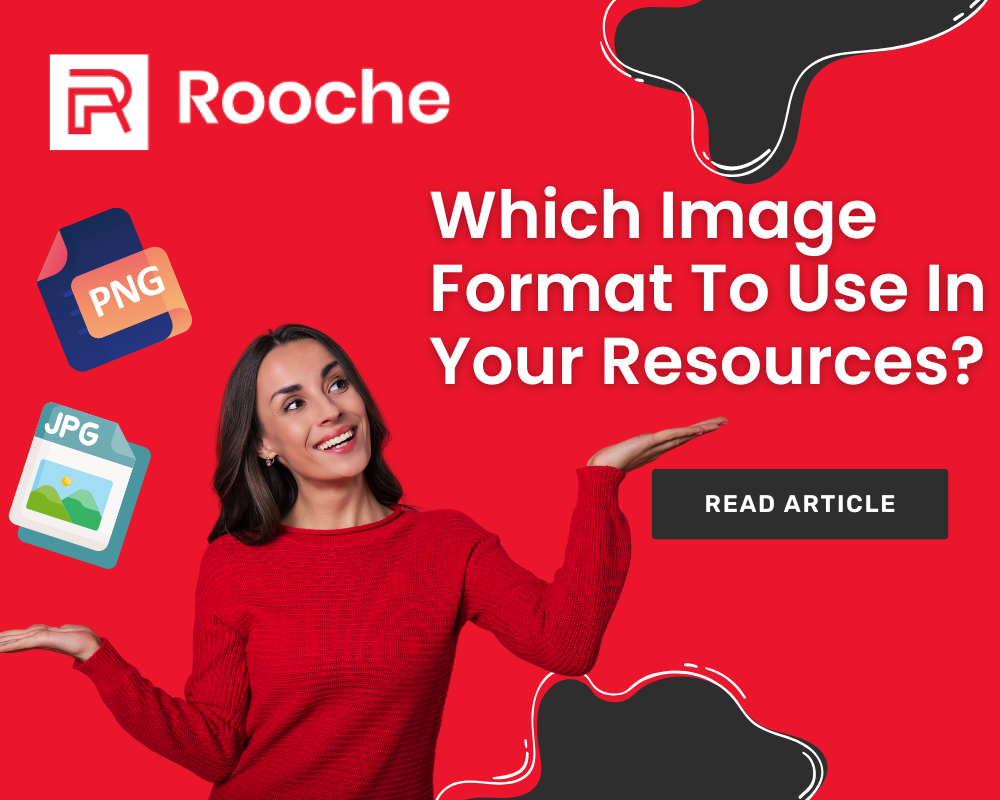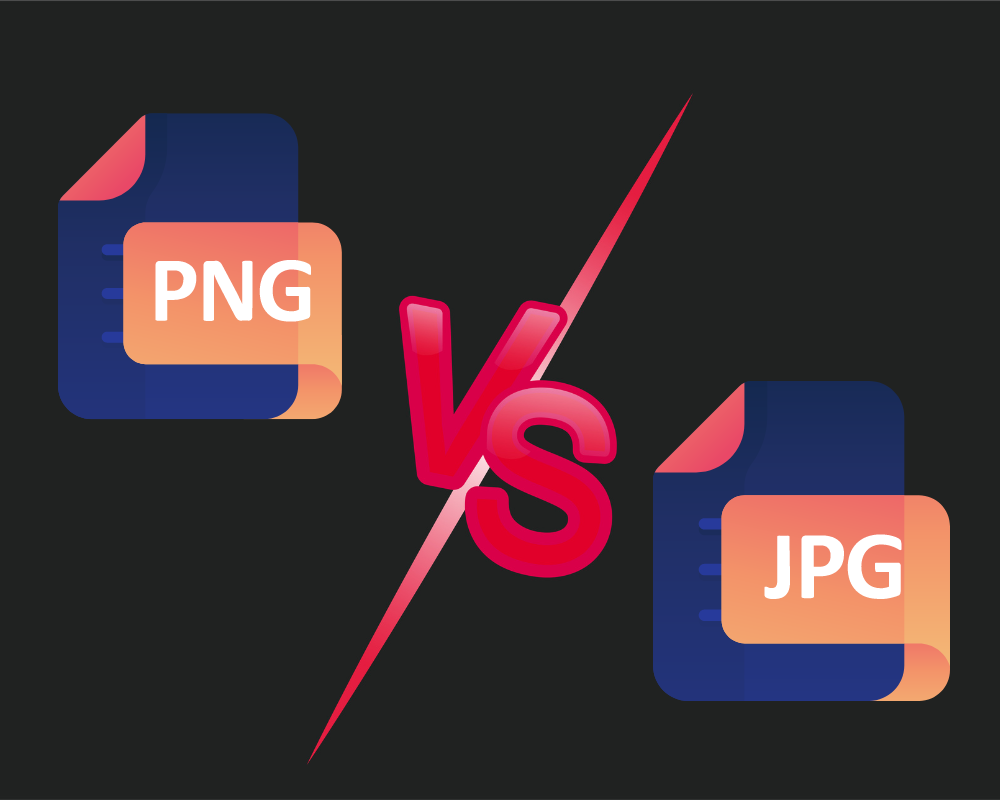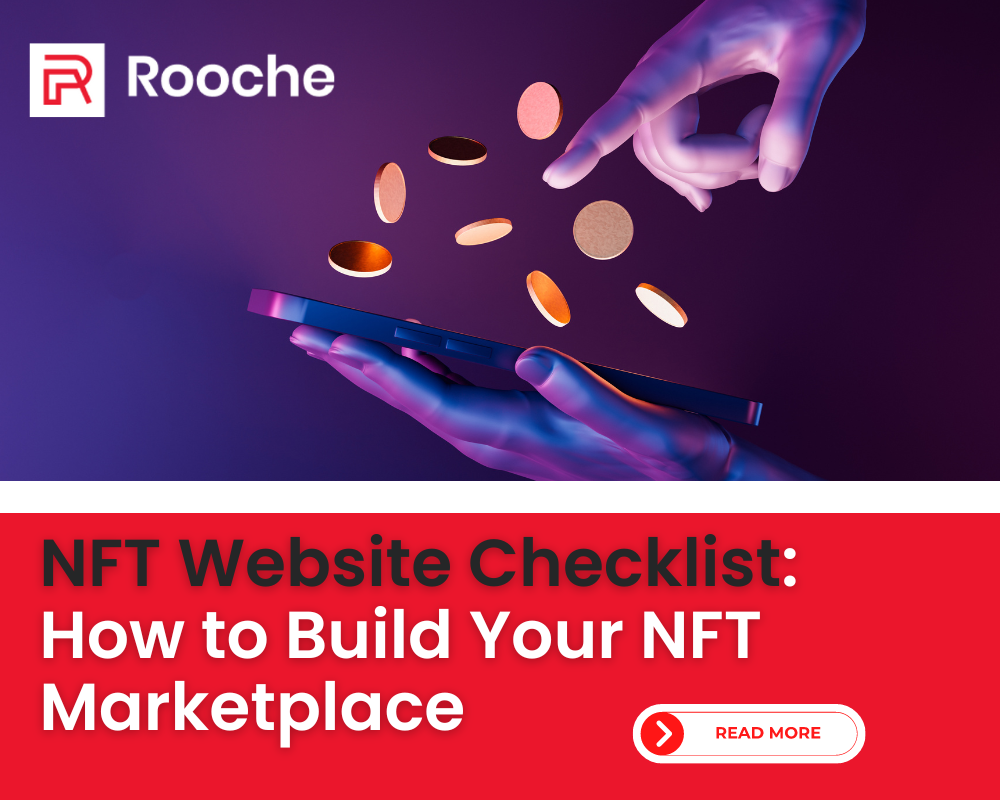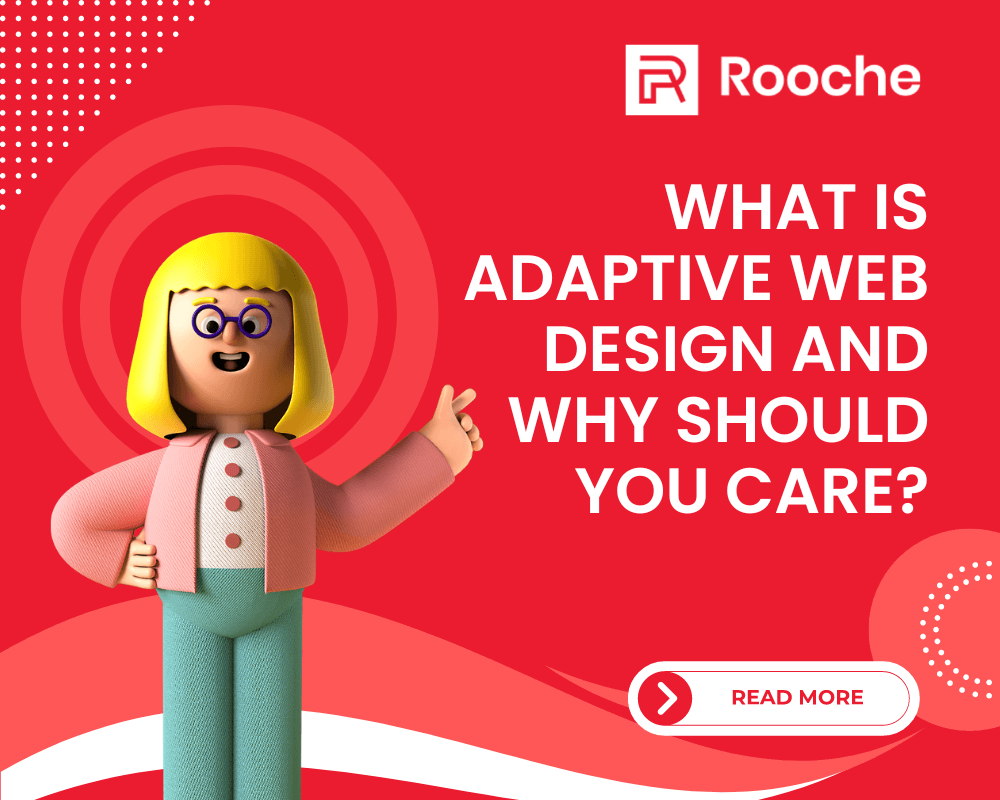NFT Website Checklist: How to Build Your NFT Marketplace
NFT is a digital asset that represents something unique and cannot be replicated. NFTs can be used to represent items […]
Dec 8, 2022
Dec 12, 2022

Images are often the highlight of the website, even just determining which image format to use can make all the difference. The image provide visual interest and can add to the overall effect of your design. But if you’re not sure which image format to use, it can have the opposite effect.
This article will explain why your choice of image formats is crucial. We’ll break down your options and help you choose the best image format for your website. Let’s take a look!

One of the most important aspects of images is their size. This refers both to their physical dimensions (width, height) and file size (measured in kilobytes). When selecting an image format for web use, it’s essential that you pay attention to size.
Some formats are better suited than others for compressing files while still maintaining quality; this is especially important if you’re working with images that contain many colors or intricate details, such as photographs or complex graphics.
Picking the wrong image format can have an impact beyond a decrease in performance; it can also cost you money. For instance, larger file sizes require more bandwidth and storage space—which means higher hosting costs for your business’ website. Choosing a smaller file size with no loss in quality helps keep hosting costs low while still providing visitors with attractive visuals they won’t soon forget.
Perhaps one of the biggest mistakes people make when selecting an image format is expecting one type of file to serve every purpose without any loss in quality or performance. The truth is that some formats are better suited than others for different tasks; another mistake is using outdated formats such as BMP files or TIFF files when newer ones such as JPEG-2000 or WebP offer far better compression and support for animation capabilities without sacrificing resolution or clarity. Knowing which format works best for each job helps ensure optimal results from your images every time.

The image format you use affects your site in three main ways: performance, appearance, and scalability. Let’s start with performance. When a page takes too long to load due to large image files, visitors may become frustrated and leave the site before they even get to see what you have to offer.
That would be unfortunate! To ensure your page loads quickly, choose an image format that is lightweight and won’t take up too much space. JPEGs are normally the best choice for this purpose since they are both lightweight and high quality.

Now let’s talk about appearance. We all know how important visuals are when it comes to catching people’s attention online. Make sure you’re using an image format with enough detail to make your site stand out!
PNGs provide higher quality images than JPEGs but they also tend to take up more space—so if you’re looking for a balance between quality and size, GIFs are usually a good bet as they often offer better compression than PNGs while still being relatively high-quality images.
Finally, let’s consider scalability—or how well an image holds up when it’s stretched or shrunk excessively (for example when it needs to fit into different screen sizes). Different formats handle resizing differently; some will retain their clarity no matter how much they’ve been resized while others will start losing detail as soon as their dimensions change significantly.
High-resolution vector graphics such as SVGs tend to fare better in this regard since their resolution remains intact regardless of size changes—making them the ideal choice for logos or other elements that need to remain sharp across different devices and platforms.

As we mentioned earlier, some image formats are far more commonly used online than others. These options we’ll present below are among the most popular and useful formats, making them ideal for almost any website.
JPEG stands for Joint Photographic Experts Group and was coined in 1986. The main advantages of this format are its ability to display millions of colors and its suitability for high compression levels. It provides crisp, clear imagery that is ready for web use upon upload.
Although JPEGs hold up well when compressed, there is usually a small drop in quality after optimizing images. However, this is entirely dependent on the image’s compression level. Unless you look very closely, the quality drops are often not noticeable.
JPEGs, on the other hand, are not ideal for images with little color data, such as interface screenshots and other simple computer-generated graphics. We’ll go over this further in the next section when we talk about PNGs:

On websites, Portable Network Graphics (PNGs) are just as popular as JPEGs. They also support millions of colors, though PNGs are much better for images with fewer color data. Otherwise, your image will be ‘heavier’ than a JPEG version of the same image.
When you have an image with rapid color transitions that must remain sharp, PNGs are ideal. When taking a screenshot of a user interface, for example, where different interface elements strongly transition between dark and light backgrounds, PNGs are far superior. Saving the image as a JPEG may result in blurry edges and a distorted overall presentation.
Another advantage of PNGs is that they promote transparency. This makes them an excellent choice for logos and icons in particular.
Overall, compressed PNGs retain quality better than JPEGs due to the lossless compression algorithm used with PNGs vs the lossy algorithm used with JPEGs.
Unlike the previous two formats, Graphics Interchange Format (GIFs) have far more specific use cases. Although a static GIF image is possible, most people use this format to display animations, such as this one:
JPGs and PNGs don’t generally support animations, which makes GIFs very useful. GIF files can be optimized, but the results are rarely as good as with other image formats. They only support 256 colors and no transparency, they are unsuitable for displaying complex images.
If you’re looking to display high-quality images on your website, choose the right format for you. JPEGs or PNGs are both excellent choices for the majority of your images on most websites. GIFs, on the other hand, should be saved for when you need to display animations.
When deciding which image format is best for your needs, keep the following points in mind – JPEG vs PNG vs GIF:

NFT is a digital asset that represents something unique and cannot be replicated. NFTs can be used to represent items […]
Dec 8, 2022

Have you ever used a website on your phone, only to have to scroll horizontally to see everything? Or maybe […]
Dec 8, 2022

The web has been through a lot of changes over the years. What was a new frontier in the online […]
Dec 8, 2022
Join our newsletter and be the first to receive future promo and sale updates from Rooche!